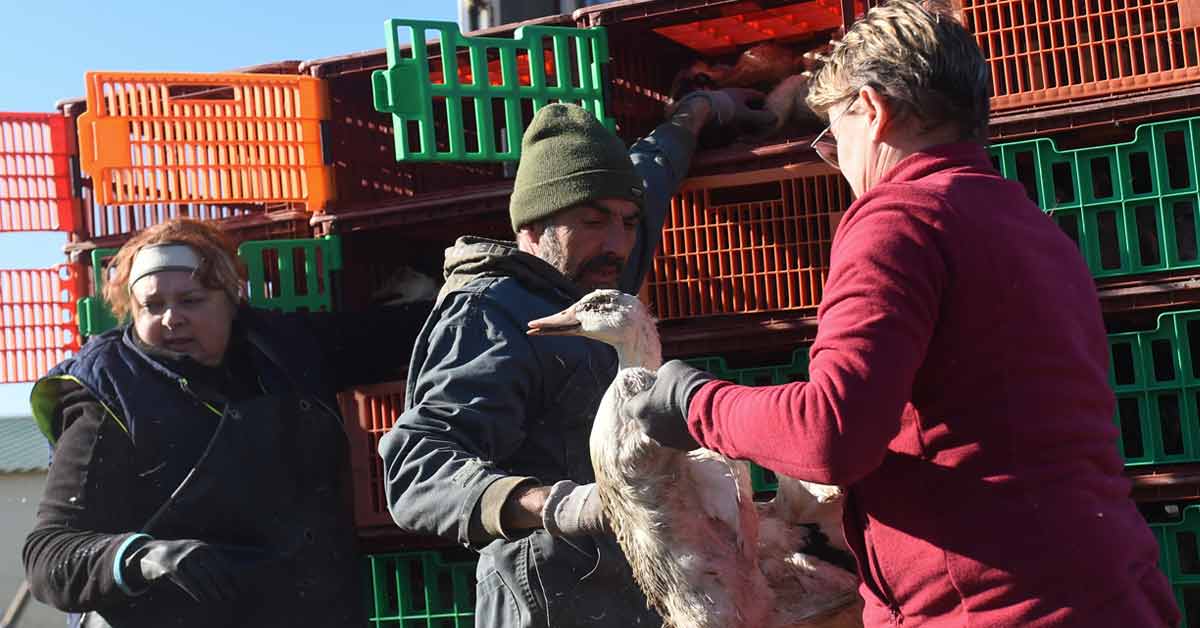Outbreaks of Avian influenza (AI), commonly known as bird flu, have been reported to the World Organization for Animal Health across Europe and Asia, causing concern among experts. Whenever avian influenza viruses are circulating in poultry, there is a risk of sporadic infection and small clusters of human cases due to people’s exposure to infected poultry or contaminated environments. Therefore, sporadic human cases are not unexpected.
Avian influenza is a highly contagious viral disease affecting several species of birds, including domestic ducks, chickens, turkeys, quails, pet birds, and wild bird populations. Some strains of bird flu can pass to humans, but this is extremely rare as it usually requires very close contact with an infected bird.
There are several different strains of avian flu in circulation, all carrying slightly different protein structures. The most common strain seen historically is the H5N1 strain, but there are five strains that have caused public health concern in recent years. These include H7N9, H9N2, H5N6, H5N8 and a type of H5N1 strain more common in Asia. Although none of these strains easily infect people and they are not usually spread from human to human, several people have been infected around the world, leading to a number of deaths, since bird flu first emerged in 1996.
In birds, the virus is spread through faeces and respiratory secretions. It is able to survive for long periods of time on innate surfaces, so can be spread from farm to farm on equipment. People who are in close contact with infected birds are at risk of getting avian flu – if they touch infected birds, droppings or bedding, and kill or prepare infected poultry for cooking. There is no evidence that the disease can be spread through eating cooked poultry or eggs.
If a person does become infected, it can take 3-5 days for the first symptoms to appear. These can include: a very high temperature or feeling hot or shivery, aching muscles, headache, a cough or shortness of breath, stomach cramps, conjunctivitis, and bleeding from the nose and gums
It is also possible to develop more severe complications, such as pneumonia and acute respiratory distress syndrome, which can lead to death. Getting treatment quickly and using antiviral medication may prevent complications and reduce the risk of developing severe illness.
According to the World Health Organization (WHO), there were 863 cases of human infection with the avian influenza A (H5N1) virus reported from 18 countries between January 2003 and 20 January, 2022, and 455 of these cases were fatal. That does not seem like many cases over such a long period of time, but, in 2021 alone, China reported 34 human cases of avian flu with the worrying H5N6 strain. H5N6 was first detected in people in 2014, and since then 67 cases have been detected – all but one in China. However, the rate appears to be rising: more than half of human infections have been reported in the last six months.
Treatment Of Animals
China is one of the world’s biggest poultry producers and the top producer of ducks, which act as a reservoir for flu viruses. And even if poultry are vaccinated against avian flu, the vaccines only offer partial protection as they do not cover all strains.
Ian Jones, a professor of virology at the University of Reading, said last month that the rise in H5N6 “might signify a change that makes [the virus] more infectious to people”. However, he stressed that he has not yet seen any evidence of human-to-human transmission.
In February 2021, for the first time, H5N8 was found to have infected a small number of people in Russia. The cluster involved seven people working at a poultry farm and all are thought to have caught the illness from birds.
In the United Kingdom (UK), at least half a million birds were culled last year as the country saw a surge of the H5N1 strain. In January 2022, Britain’s first human H5N1 case was detected, in a 79-year-old man who kept ducks at his home in Devon.
Although there are cluster outbreaks across the world, we are still a long way off from having to be overly concerned; but we do need to be vigilant. The fact that several strains of the virus are circulating in bird populations makes surveillance difficult but might favour genetic evolution of the virus if two strains were to combine their mutations.
As with any disease that takes hold in the animal world and has the potential to spread to humans, we need to review our treatment of animals. Large-scale global poultry production often lends itself to poor living conditions for birds where disease can spread easily, which in turn increases the risk to humans.
Avian flu, like other zoonotic viruses, has the potential to mutate into one that may eventually be more infectious and dangerous to humans. In order to stop this from occurring, we must not only treat the virus seriously but also treat poultry kept as livestock with dignity and respect.
